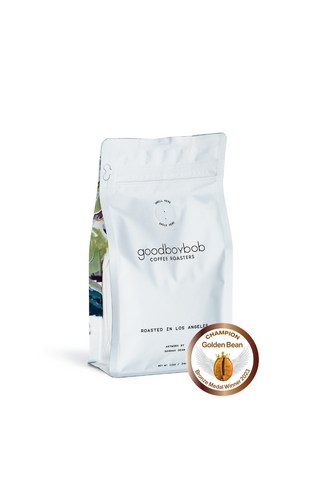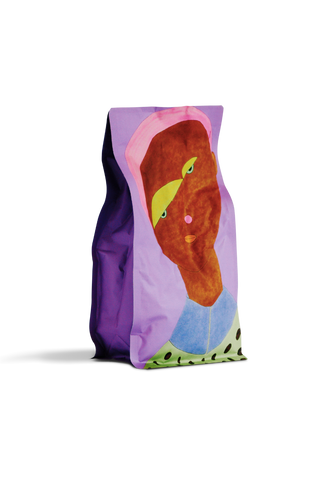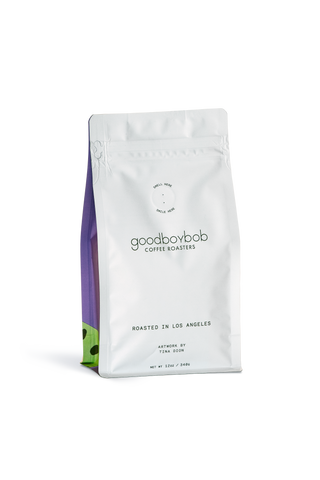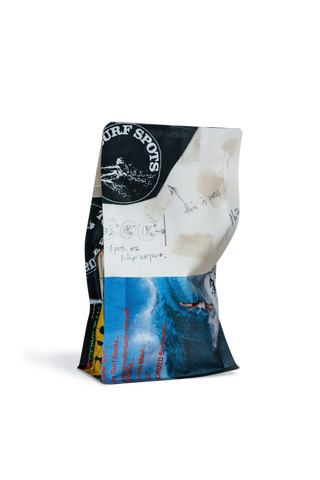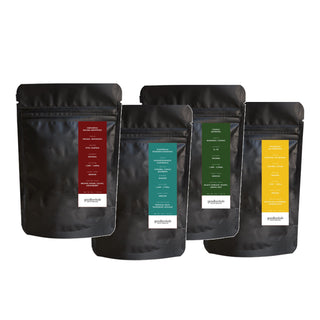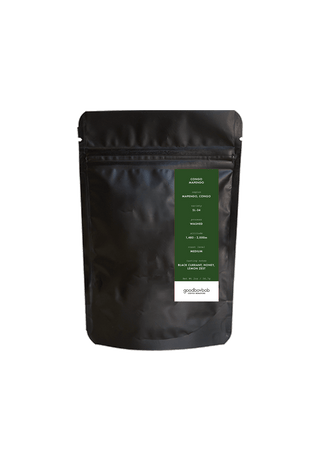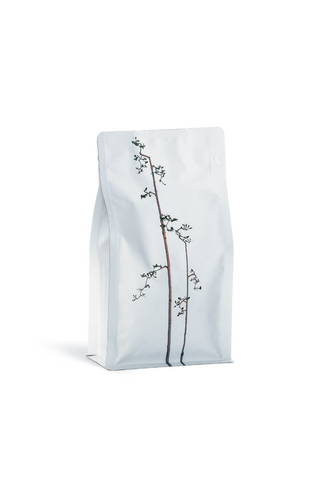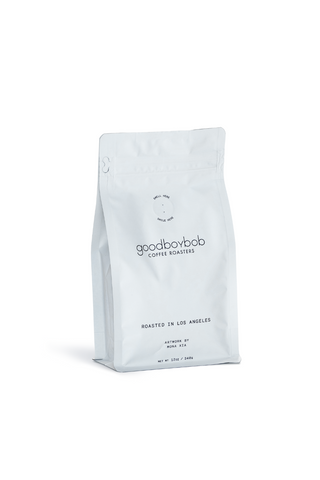
What is Third Wave Coffee?
Coffee, once a mere commodity, has undergone distinctive waves of transformation, mirroring cultural shifts and consumer preferences across different eras. Each wave, reacting to its predecessor, encapsulates a unique narrative in the coffee industry's evolution. In today's blog, we'll be briefly discuss the various "waves" or "eras" of coffee, and how they all led up to where we are today.
Table of Contents
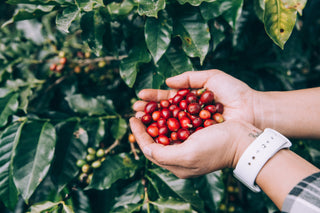
The First Wave (1800s - 1970s)
The First Wave, which started in the 1800s, was the era of convenience, a time when coffee transformed from a novelty to a commodity. Coffee became available to the masses, thanks to Folgers and Maxwell House, aided by innovations such as instant coffee and vacuum packaging. Meanwhile, Italian ingenuity introduced the espresso machine, catering to the public’s demand for quick and efficient caffeine fixes.

The Second Wave (1970 - 2000)
In the 1970s, The Second Wave, spearheaded by Starbucks, introduced consumers to the concept of specialty coffee and café culture. Consumers had a newfound appreciation for quality and flavors. They wanted more than a simple caffeine fix; they wanted a social experience. Starbucks capitalized on this demand by creating coffee shops, introducing new coffee drinks like the iconic Frappuccino.
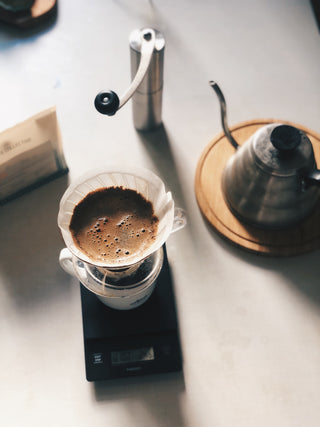
The Third Wave (2000 - Present)
The Third Wave represents a movement from coffee culture to consumer awareness. Diversity in extraction methods and experimentation define this era, transforming coffee into a product akin to wine. More than this, the third wave celebrates the specialty coffee industry and its defining characteristics: traceability, sustainability, and fair trade.
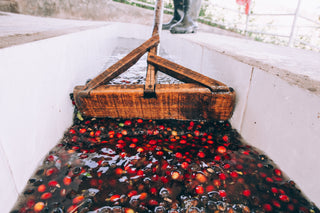
Traceabilty
Traceability, which refers to the ability to track a coffee bean’s journey, is synonymous with The Third Wave of Coffee. Third Wave enthusiasts seek to trace the exact farm where the beans were grown, the cultivation methods employed, and the processing techniques used. This emphasis on traceability not only adds a layer of appreciation for the complexities of coffee production but also fosters a deeper connection between consumers and coffee farmers. Establishing direct relationships with coffee farmers and cooperatives also helps to ensure fair compensation by cutting out intermediaries in the coffee supply chain.
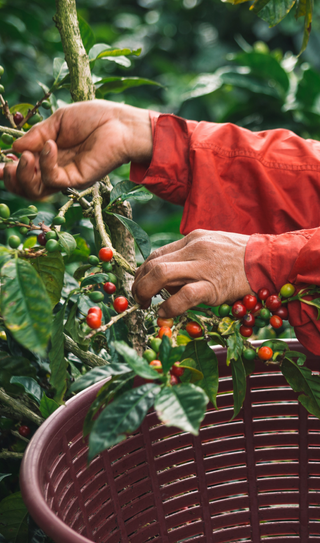
Sustainability
Sustainability in Third Wave of Coffee emphasizes eco-friendly practices and fair compensation to farmers. It utilizes shade-grown coffee and organic cultivation free of synthetic pesticides, herbicides, fertilizers, to reduce negative impacts on the environment. Water conservation, soil conservation, and waste management are other environmentally friendly practices that help to minimize coffee production’s ecological footprint. The Third Wave of Coffee also prioritizes direct trade relationships to ensure equitable wages and support for coffee growers.

Brewing Techniques
A commitment to the symbiotic relationship between the art of coffee and the science behind it is another defining characteristic unique to The Third Wave of coffee. Variables such as grind-size, water temperature, pressure, and brew time are explored by baristas and home brewers alike. Brewing methods are calibrated to extract the subtle nuances of specialty coffee beans. Mastering these elements makes for unique flavor profiles and bouquets.
In conclusion
The Third Wave of Coffee’s impact extends far beyond taste, shaping our ethics even more than our preference. It serves as a mirror for the needs of the present and represents a paradigm shift from culture to consumer awareness. This ongoing evolution reshapes not only our connection with coffee but also our broader perspectives on the world.
When we talk about the "waves" of coffee, we are really discussing the historical relationship between humans and coffee. As far as consumable commodities go, coffee is relatively new. Humans have had thousands of years to adapt to beer, wine, and other goods we consume on a regular basis. It is not a stretch to imagine a world where coffee undergoes a few more waves, with each wave bringing its own improvements and innovations.



